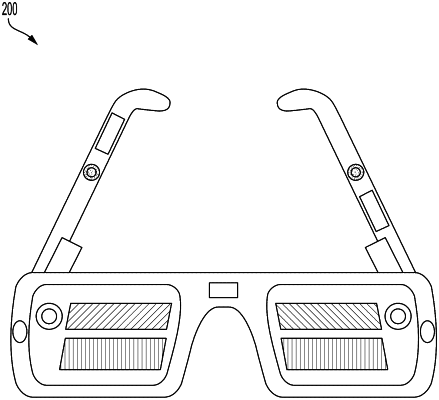| CPC G01S 13/46 (2013.01) [G01S 7/412 (2013.01); G08C 17/02 (2013.01); H01Q 1/273 (2013.01); G01S 2013/468 (2013.01); G08C 2201/32 (2013.01)] | 23 Claims |

|
1. A method of locating a second device, the method comprising, at a first device:
while in a first mode, transmitting a first signal and receiving a second signal, the second signal comprising a reflection of the first signal by the second device;
determining, based on the received second signal, a position of the second device relative to the first device;
transitioning from the first mode to a second mode, wherein transitioning from the first mode to the second mode comprises discontinuing transmitting the first signal;
while in the second mode, forgoing transmitting the first signal, and further while in the second mode, receiving a third signal from the second device, wherein the third signal is not provided by the second device in response to a signal from the first device; and
determining, based on the third signal, an orientation of the second device relative to the first device,
wherein:
the first device comprises one or more receiving antennas,
the second device comprises one or more transmitting antennas,
the third signal corresponds to an antenna of the one or more transmitting antennas,
determining the position of the second device relative to the first device comprises determining a translation matrix relating a position of the second device to a position of the first device, and
determining the orientation of the second device relative to the first device comprises determining a ratio of a signal power of the third signal to an expected maximum signal power of the antenna to which the third signal corresponds.
|